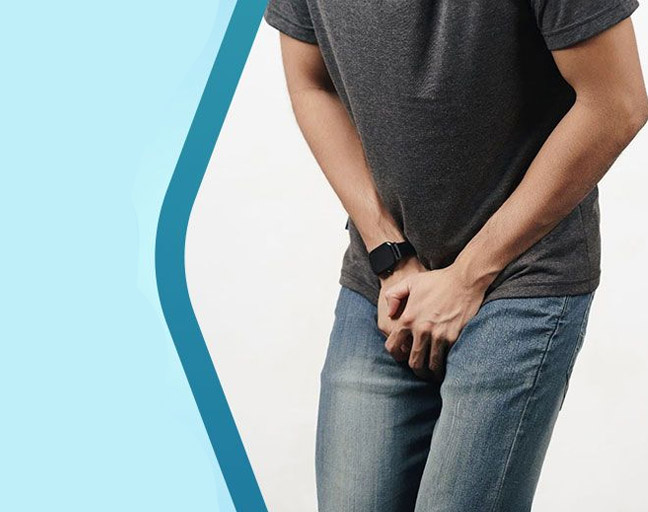Testicular torsion occurs when the spermatic cord, which supports the testicles, gets twisted. It’s a serious medical emergency, impacting about 3.8 out of every 100,000 boys under 18 each year. In fact, it’s responsible for 10%-15% of acute scrotal problems in younger kids. The key to preventing long-term damage is catching it early – the sooner you act, the better your chances of saving the testicle.
When is Surgery Needed for Testicular Torsion?
Testicular torsion requires immediate attention, and surgery is often the only way to fix it. If you notice symptoms, you need to get treated as soon as possible to ease the swelling and pain. If surgery happens within the first 6 hours of symptoms, it can prevent testicle loss. After 12 hours, though, the risk of permanent damage rises, and often, the testicle must be removed.
What to Expect Before the Surgery
Since testicular torsion is an emergency, doctors don’t usually have time for a lot of tests before surgery. However, they may still perform some imaging to check if there’s any tissue damage or issues with blood flow. Generally, you’ll be given pain medication and moved quickly to the operating room for treatment.
The Risks of Testicular Torsion Surgery
Like any surgery, there are some risks. The most common include bleeding, infection at the incision site, reactions to anesthesia, or, in rare cases, further damage to the testicle due to loss of blood flow.
How Is the Surgery Done?
Testicular torsion surgery is typically performed under general or epidural anesthesia. Here’s what happens during the procedure:
- The surgeon makes a small incision in the scrotum to untwist the spermatic cord.
- They then check the testicle for signs of damage or death due to loss of blood supply.
- If the testicle is too damaged, it will be removed.
- If the testicle is still healthy, the surgeon will stitch it to the scrotal wall to keep it in place and prevent future torsion.
- The incision is then closed.
Testicular Torsion in Newborns and Infants
While testicular torsion can happen to newborns and infants, it’s relatively rare. If it does occur, the affected testicle may swell, turn dark, and become firm. In these cases, surgery is often the only option since ultrasound can’t always detect the blood supply issues.
It’s worth noting that by the time symptoms are noticed in newborns, it may be too late to save the testicle. Despite the risks, such as the use of general anesthesia, emergency surgery is essential for preventing damage to the testicle and preserving fertility in the future.
What Happens If the Testicle Can’t Be Saved?
If torsion is untreated for too long, the testicle may be beyond repair and needs to be removed. Don’t worry, though – losing one testicle doesn’t affect your ability to produce testosterone or father children, as long as the other testicle is still healthy. If you’d like, you can also opt for a prosthetic testicle for cosmetic reasons. In rare cases, untreated torsion may lead to infertility.
Recovering After Surgery
After surgery, there are a few things you need to keep in mind. For starters, avoid physical activities, sports, and sexual activities (including masturbation) for a few weeks. Your doctor will guide you on when it’s safe to resume normal activities.
If you need a prosthetic testicle after removal, you’ll have to wait a few months before having the procedure done. But don’t worry about fertility – you can still become a father with one testicle intact. A prosthetic can help restore confidence if you’re concerned about your appearance.
The Outlook After Testicular Torsion Surgery
While testicular torsion is a serious condition, the good news is that the majority of patients recover successfully without losing a testicle. The success rate is incredibly high when surgery is performed within the first 6 hours of symptoms, with 99% of patients keeping their testicle. But after 12 hours, the success rate drops drastically to just 2%. That’s why it’s crucial to seek medical attention as soon as you notice signs of torsion. Early intervention really is the key to a full recovery.


